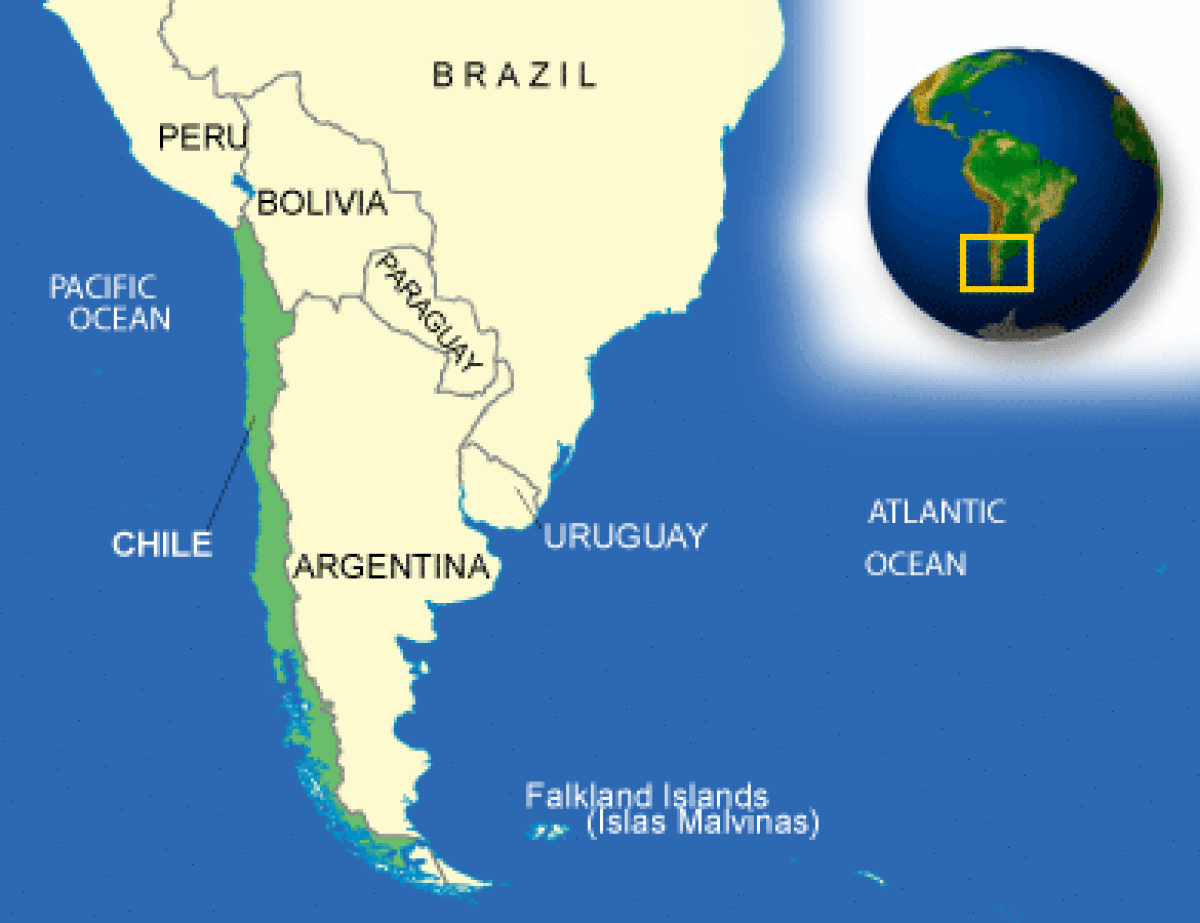
Disclaimer: Copyright infringement not intended.
Context
- The Global Platform for Disaster Risk Reduction, 2022 (GP 2022) took place in Indonesia from May 23-28, 2022.
About
- The Global Platform for Disaster Risk Reduction is the main global forum to assess and discuss progress on the implementation of the Sendai Framework for Disaster Risk Reduction.
Sendai Framework for Disaster Risk Reduction 2015–2030
The Sendai Framework is a 15-year non-binding agreement which recognizes that the State has the primary role to reduce disaster risk but that responsibility should be shared with other stakeholders including local government and the private sector. It aims for the following outcome:
’’The substantial reduction of disaster risk and losses in lives, livelihoods and health and in the economic, physical, social, cultural and environmental assets of persons, businesses, communities and countries.’’
The Sendai Framework emerged from three years' of consultations and negotiations, supported and coordinated by UNISDR, during which UN member states, NGOs and other stakeholders made calls for an improved version of the existing Hyogo Framework, with a set of common standards, a comprehensive framework with achievable targets, and a legally-based instrument for disaster risk reduction. Based on the Sendai Framework, the first was held in New Delhi as part of Asian ministerial conference for disaster risk reduction.Member states also emphasised the need to tackle disaster risk reduction and climate change adaption when setting the Sustainable Development Goals, particularly in light of an insufficient focus on risk reduction and resilience in the original Millennium Development Goals.
The Sendai Framework sets four specific priorities for action:
- Understanding disaster risk;
- Strengthening disaster risk governance to manage disaster risk;
- Investing in disaster risk reduction for resilience;
- Enhancing disaster preparedness for effective response, and to "Build Back Better" in recovery, rehabilitation and reconstruction.
To support the assessment of global progress in achieving the outcome and goal of the Sendai Framework, seven global targets have been agreed:
- Substantially reduce global disaster mortality by 2030, aiming to lower average per 100,000 global mortality between 2020–2030 compared to 2005–2015;
- Substantially reduce the number of affected people globally by 2030, aiming to lower the average global figure per 100,000 between 2020–2030 compared to 2005–2015;
- Reduce direct disaster economic loss in relation to global gross domestic product by 2030;
- Substantially reduce disaster damage to critical infrastructure and disruption of basic services, among them health and educational facilities, including through developing their resilience by 2030;
- Substantially increase the number of countries with national and local disaster risk reduction strategies by 2020;
- Substantially enhance international cooperation to developing countries through adequate and sustainable support to complement their national actions for implementation of the framework by 2030;
- Substantially increase the availability of and access to multi-hazard early warning systems and disaster risk information and assessments to the people by 2030.
Theme of Global Platform for Disaster Risk Reduction, 2022
- The theme this year was ‘From Risk to Resilience: Towards Sustainable Development for All in a COVID-19 Transformed World’.
Outcome of Global Platform for Disaster Risk Reduction, 2022
The outcome of GP2022 was summarized in the co-chairs’ Bali Agenda for Resilience. The takeaways of the document were:
- There is a need for a whole-of-society approach to disaster risk reduction (DRR), ensuring no one is left behind.
- DRR must be at the core of development and finance policies, legislation and plans to achieve the 2030 Agenda for Sustainable Development and the Sustainable Development Goals (SDG).
- The real cost of disasters is that of inaction, which must be weighed against investments in DRR.
- Current greenhouse gas emission levels far exceed their mitigation, resulting in an increase in frequency and intensity of catastrophic events.
- A participatory and human rights-based approach in DRR planning and implementation is crucial as people are affected differently by disasters.
- The development of multi-hazard early warning systems, inclusive of communities most at risk .
- The need for a transformative recovery from the COVID-19 pandemic, to build back better, greener and more equitably.
- Recovery and reconstruction are most successful when they are community-driven and support existing local structures and resilience-building mechanisms.
- Ecosystems should be considered as critical infrastructure and recognised for their basic services, bringing environmental, socio-economic and cultural benefits.
- DRR and climate change adaptation have the common objective of reducing vulnerability and enhancing capacity as well as resilience.
- Risk understanding remains limited, particularly regarding emerging and future hazards, with government policies largely reactive.
https://www.downtoearth.org.in/blog/climate-change/global-platform-for-disaster-risk-reduction-2022-challenges-in-building-resilience-way-forward-83746
1.png)














.jpg)

